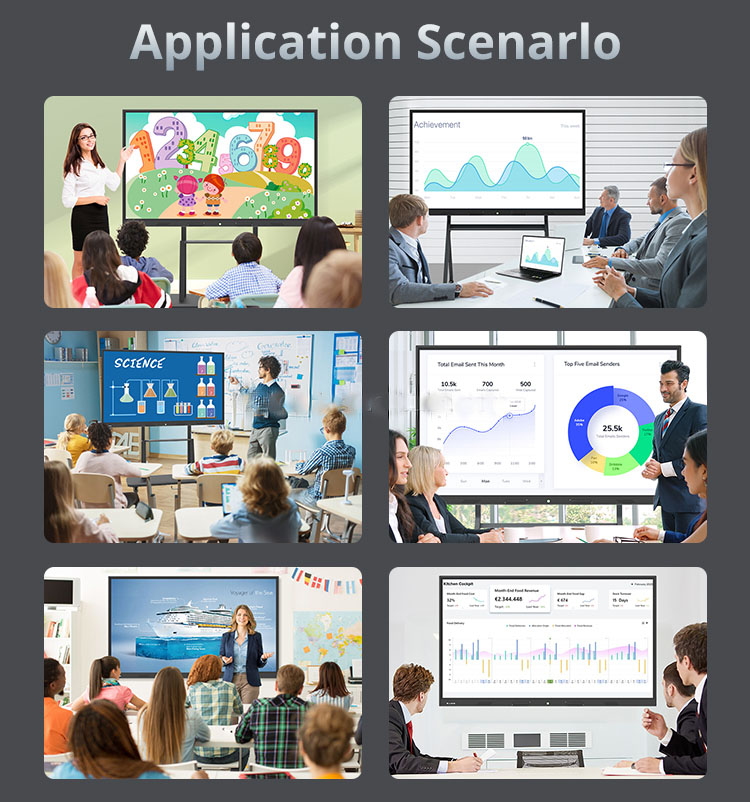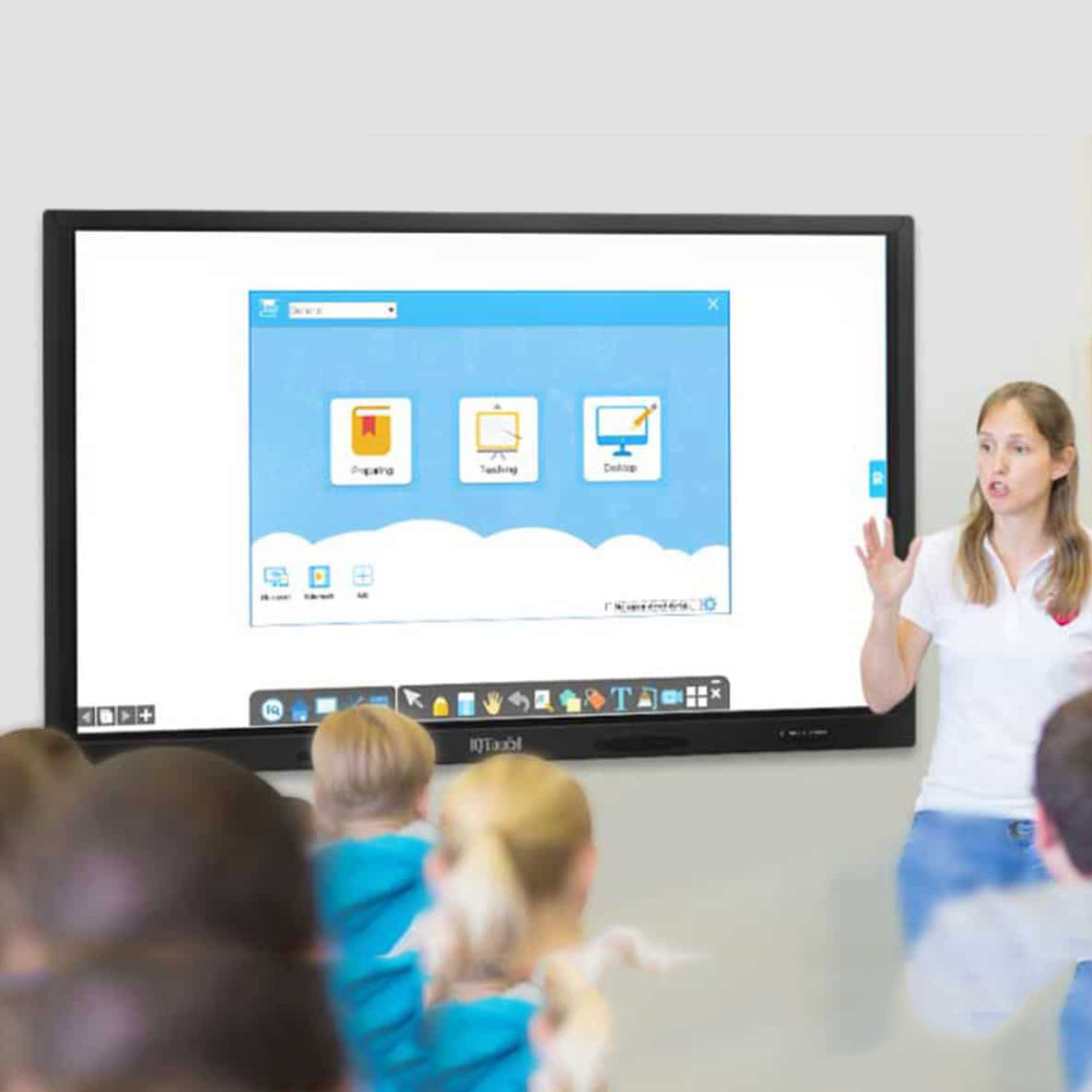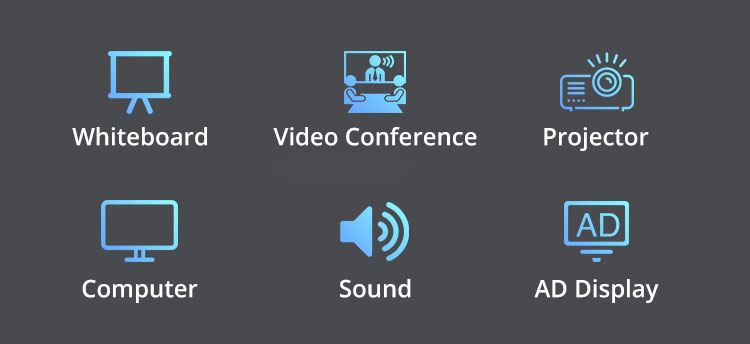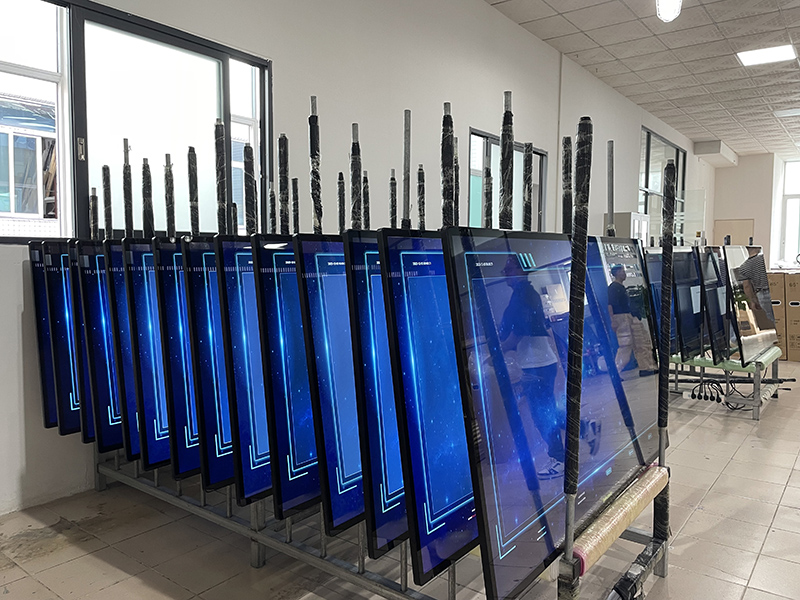What is interactive board in school?
An interactive board in school, also known as an interactive whiteboard, is a digital device that combines a traditional whiteboard with interactive technology. It typically consists of a large touch-sensitive display panel that functions as a computer screen, allowing users to control digital content using touch gestures, digital pens, or other input devices.

Interactive boards are used to enhance classroom teaching and learning experiences. Teachers can display educational content, such as textbooks, multimedia presentations, videos, and websites, directly on the board. They can interact with the content by navigating, highlighting, and annotating it in real-time. Students can also engage with the board, participating in interactive activities and collaborating with their peers.

The interactive board often integrates with educational software and resources, enabling teachers to access a wide range of educational materials and tools. This technology encourages active participation, boosts student engagement, and facilitates a more dynamic and interactive learning environment.

Besides touch interaction, some interactive boards may offer additional features like the ability to connect to devices wirelessly, capture and save notes or annotations, or even integrate with other classroom technologies such as document cameras or student response systems.

Overall, interactive boards provide a versatile platform for teachers to deliver engaging lessons, foster student collaboration, and promote interactive learning in the classroom

New Products
 Address: Building 11, Huazhi Science and Technology Innovation Center, Beijiao Town, Shunde District, Foshan City, Guangdong Province, China
Address: Building 11, Huazhi Science and Technology Innovation Center, Beijiao Town, Shunde District, Foshan City, Guangdong Province, China Tel: +8618926228134
Tel: +8618926228134 Email: contact@gzqunji.com
Email: contact@gzqunji.com
- 55 inch touch screen interactive whiteboard for conference room
- UHD 20 points touch 75 inch smart board for teaching
- Buy 65 inch Smart Interactive Whiteboard for meeting room wholesale
- 75 inch six in one function interactive board price for online teaching
- Supplier 86 inch intelligent smart board for education with projector
- Indoor 4K 3D Hologram Display Box Transparent Display transparent lcd panel display
- Wholesale Interactive Whiteboard Price
- OEM interactive whiteboard for conference
- OEM whiteboard electronic smart board
- 98 inch whiteboard electronic smart board
- 110 inch Interactive flat panels
- Infrared smartboard cost
- 65 Inch Interactive Panel
- Wholesale kids smartboard With Customized Features
- 98 inch smart technology smart board
- interactive whiteboard education
 IPv6 network supported
IPv6 network supported
Hi! Click one of our members below to chat on



















